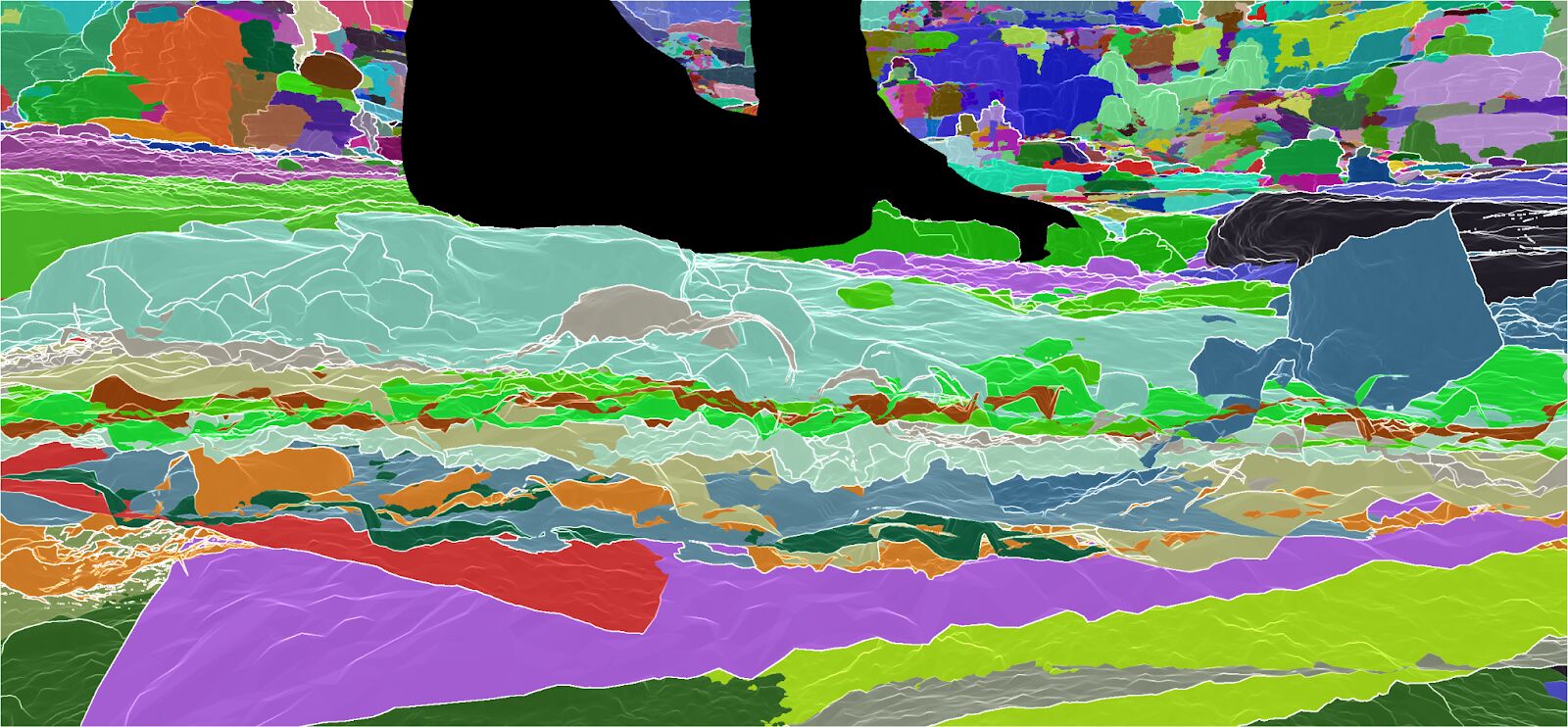What is Nanite?
6 months ago
Nanite is a virtualized geometry system that allows artists to import high-fidelity geometry into Unreal Engine with minimal time and effort. It works by taking high-resolution 3D models and automatically generating lower-resolution versions of them that can be rendered in real-time.
Unreal Engine 5, the latest version of Epic Games' popular game engine, introduces a number of new features and technologies, including Nanite, a revolutionary new system for generating and rendering 3D geometry.
One of the key benefits of Nanite is that it allows artists to work with much higher levels of detail and complexity in their 3D models. Traditional game engines have always been limited by the number of polygons that they can render, but Nanite removes this limitation by automatically generating lower-resolution versions of the models on the fly. This means that artists can create models with millions or even billions of polygons, and the engine will automatically optimize them for real-time rendering.
In addition to its ability to handle extremely high levels of detail, Nanite also offers a number of other benefits to artists and developers. It allows for much faster iteration times, as artists can make changes to their models and see the results almost instantly. It also makes it easier for artists to work with large, complex models, as they don't need to worry about optimizing them for performance.


Another advantage of Nanite is that it allows for much more realistic and believable 3D environments. Traditional game engines often struggle to render complex, realistic environments due to the limits of their polygon budgets, but with Nanite, artists can create highly detailed, realistic environments that are indistinguishable from real life.
Nanite is also designed to be easy to use, with a simple workflow that allows artists to import and work with their high-resolution models directly within Unreal Engine. It integrates seamlessly with other features of the engine, such as the new Lumen global illumination system, which allows for more realistic lighting and shading in real-time.
Nanite is a game-changing technology that has the potential to revolutionize the way that 3D models are created and rendered in games and other interactive media. With its ability to handle extremely high levels of detail and complexity, and its easy-to-use workflow, it is sure to become a go-to tool for 3D artists and developers working in Unreal Engine.
In addition to its capabilities as a virtualized geometry system, Nanite also has a number of other features that make it even more powerful and flexible.
One of these is its ability to import and render 3D scans of real-world objects and environments. This allows artists to create highly accurate, realistic models based on real-world objects and locations, which can be used to create more immersive and believable virtual worlds.
Nanite also has the ability to automatically generate LODs (level of detail) for models. LODs are different versions of a model that have varying levels of detail, and they are used to optimize performance by only rendering the level of detail that is needed for the current view. With Nanite, artists can simply import their high-resolution models and the engine will automatically generate the necessary LODs, saving them the time and effort of creating them manually.
Another useful feature of Nanite is its support for instancing. Instancing allows multiple copies of the same model to be rendered with minimal overhead, which can be a significant performance boost for games and other interactive applications that use large numbers of identical objects. With Nanite, artists can easily create large numbers of instances of their models and the engine will automatically optimize them for rendering.
Finally, Nanite also has support for geometry decals, which are 2D images that are projected onto 3D models to add additional detail and texture. This can be useful for adding things like graffiti, signs, or other details to a model without adding more geometry.
Overall, Nanite is a powerful and flexible technology that is sure to become an essential tool for 3D artists and developers working in Unreal Engine. Its ability to handle extremely high levels of detail, support for real-world scans, automatic LOD generation, instancing, and geometry decals make it a versatile and valuable asset for anyone looking to create high-quality 3D models.